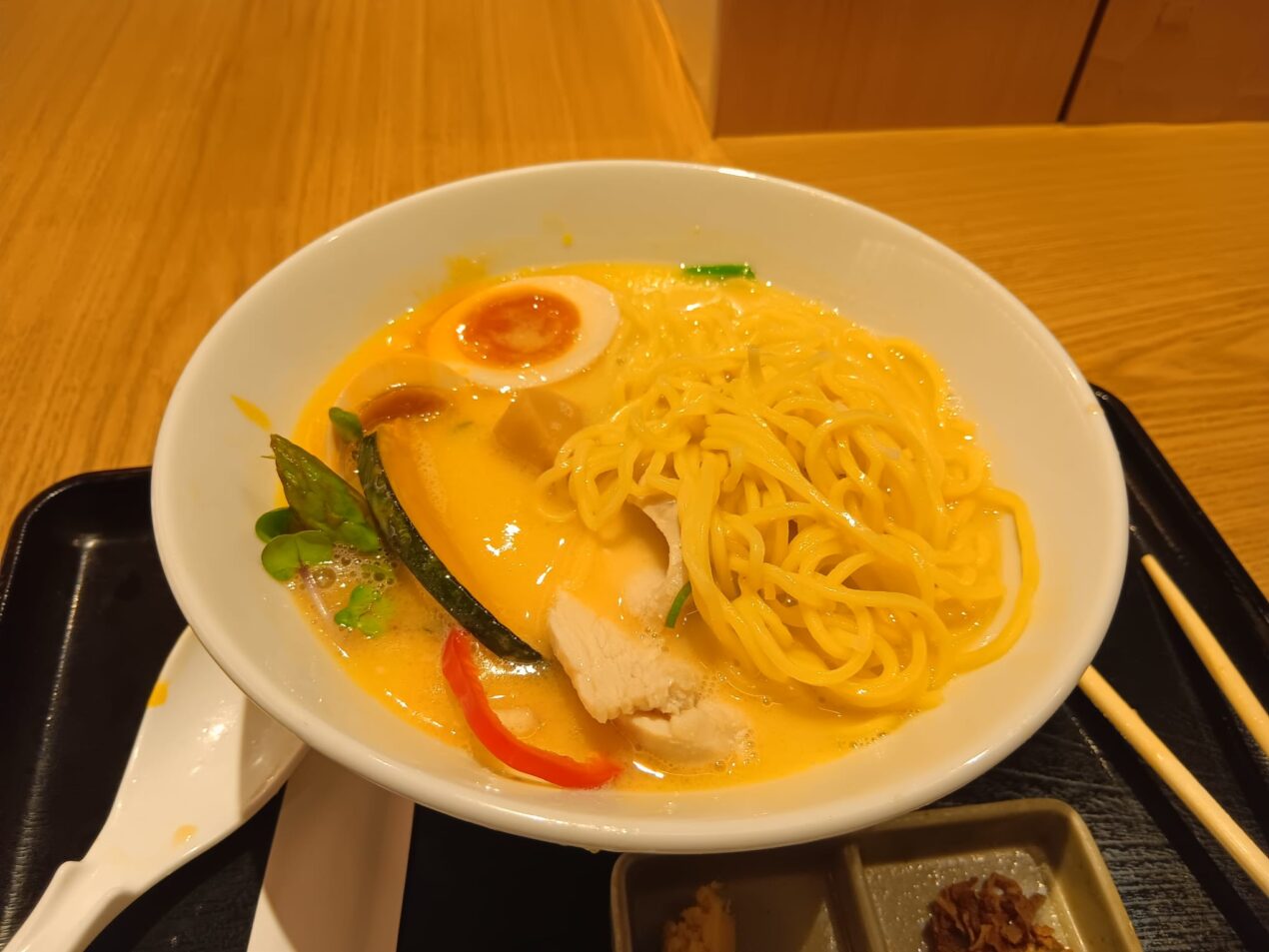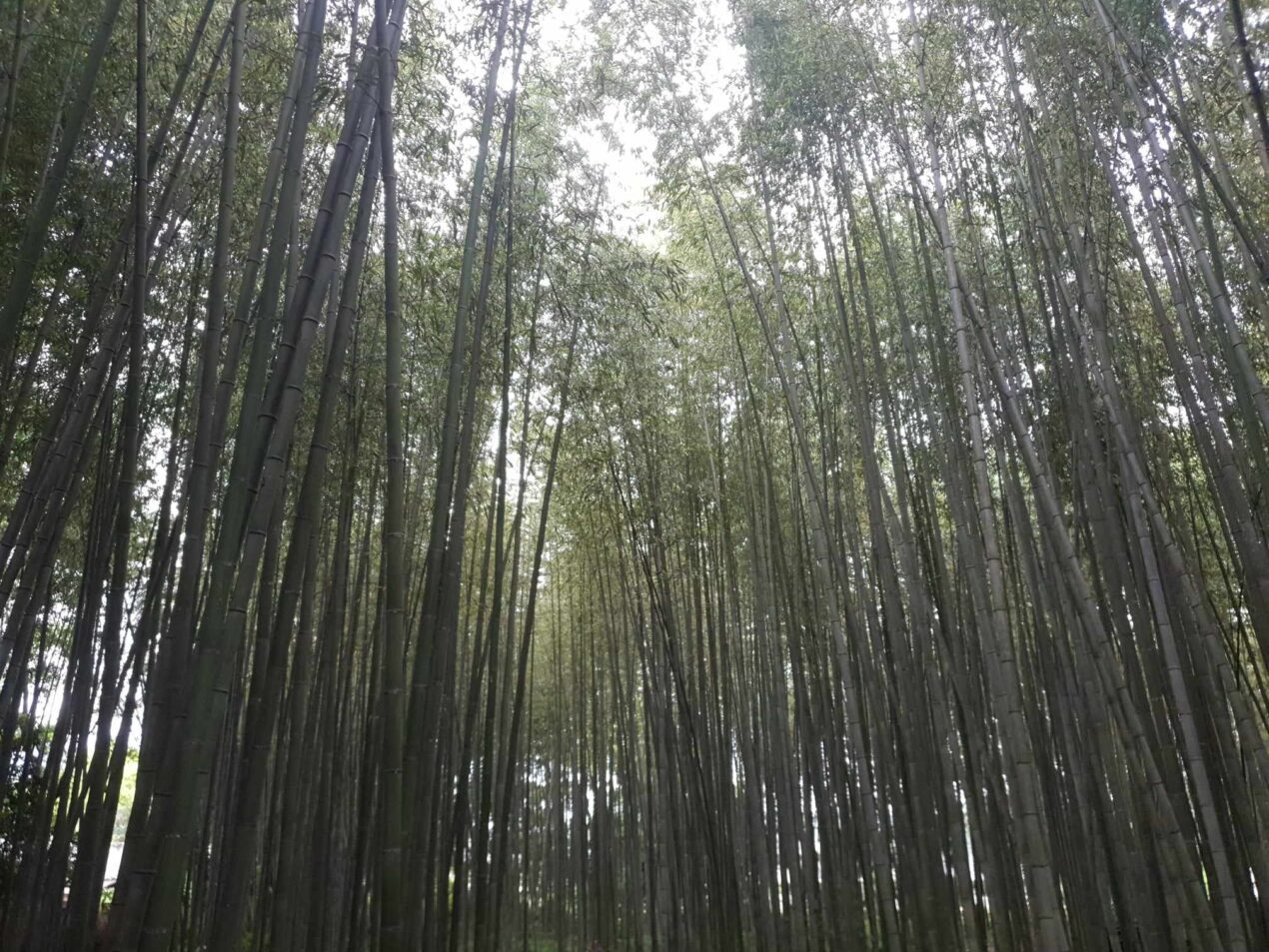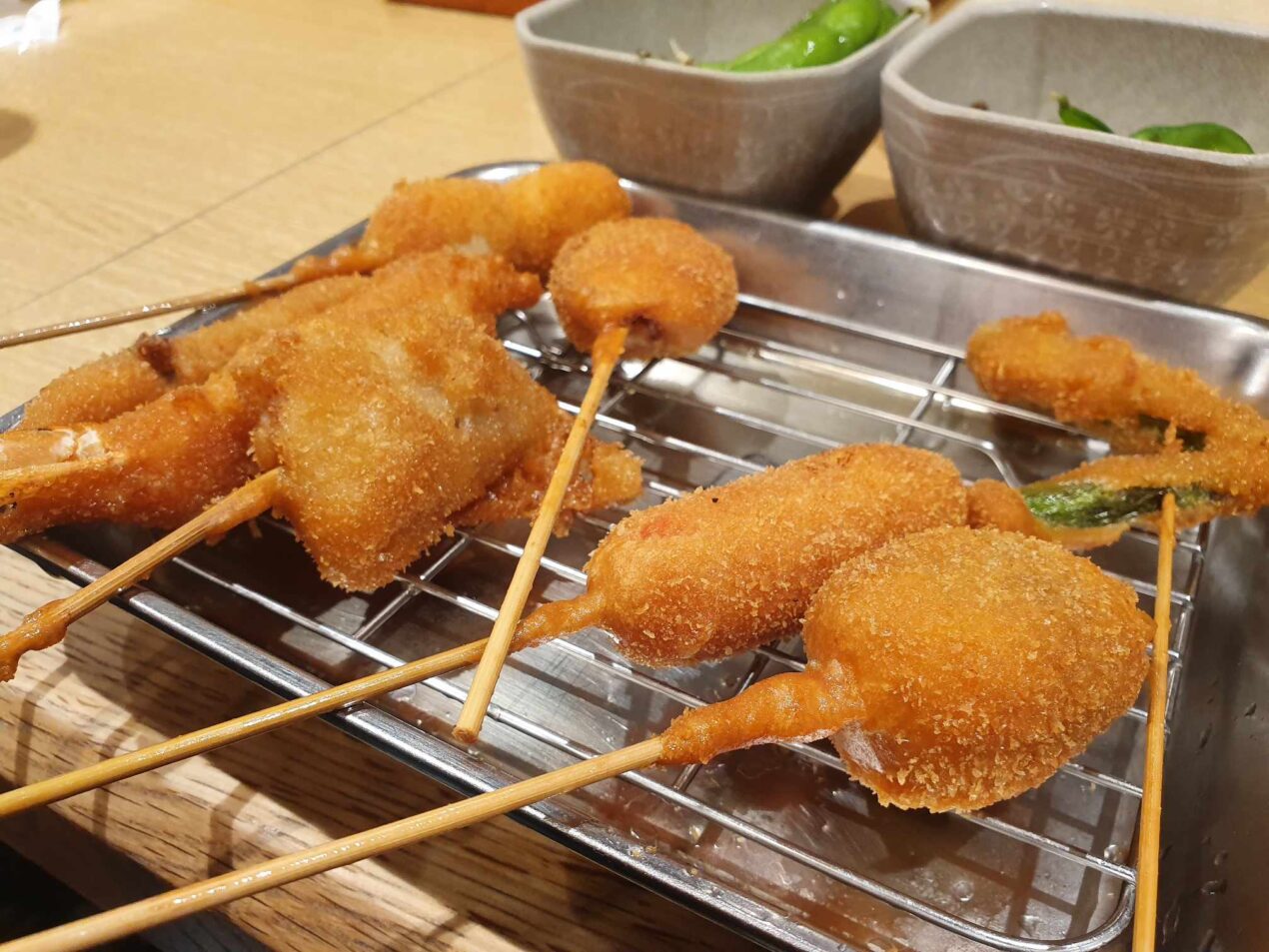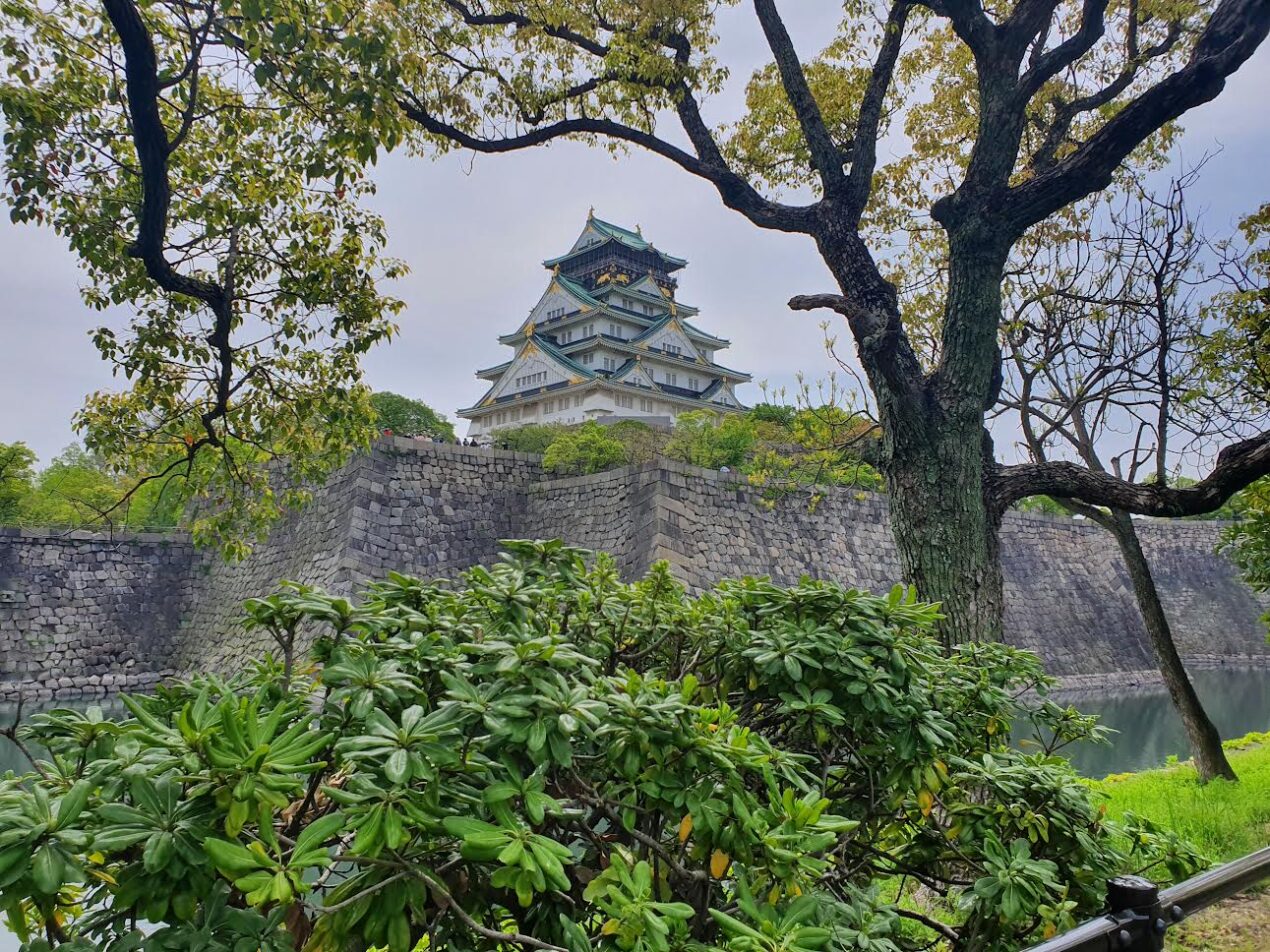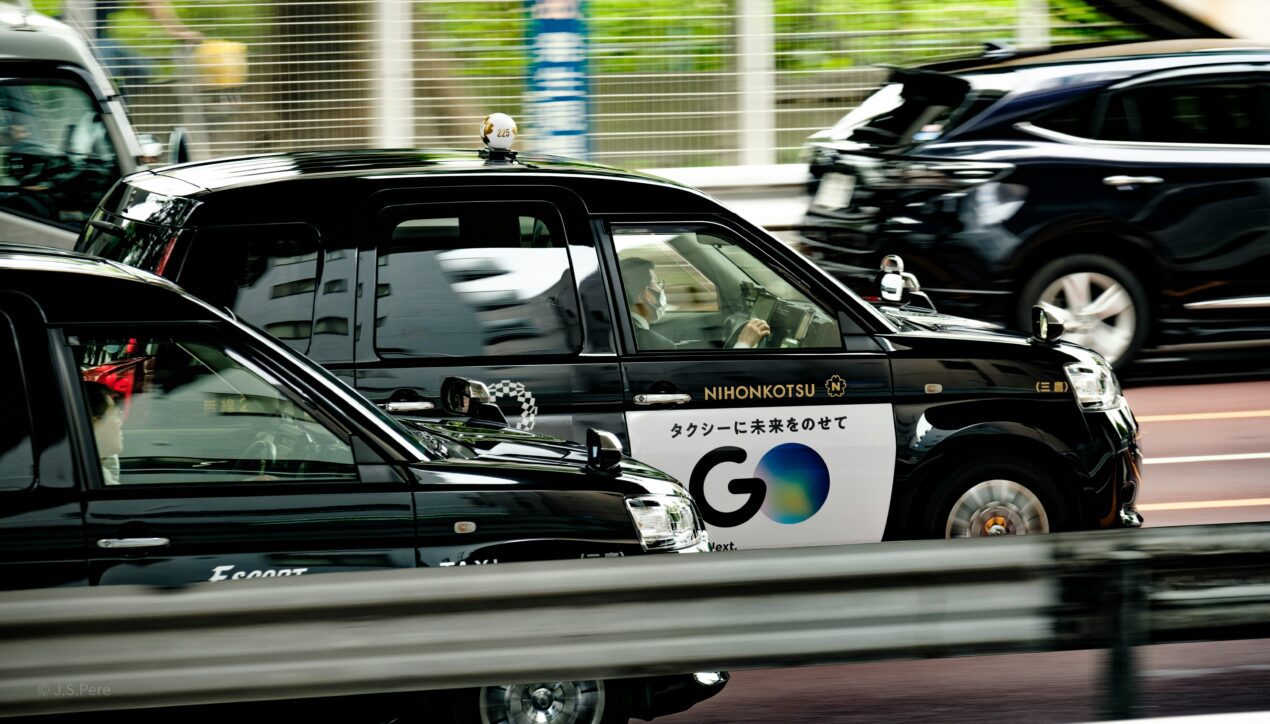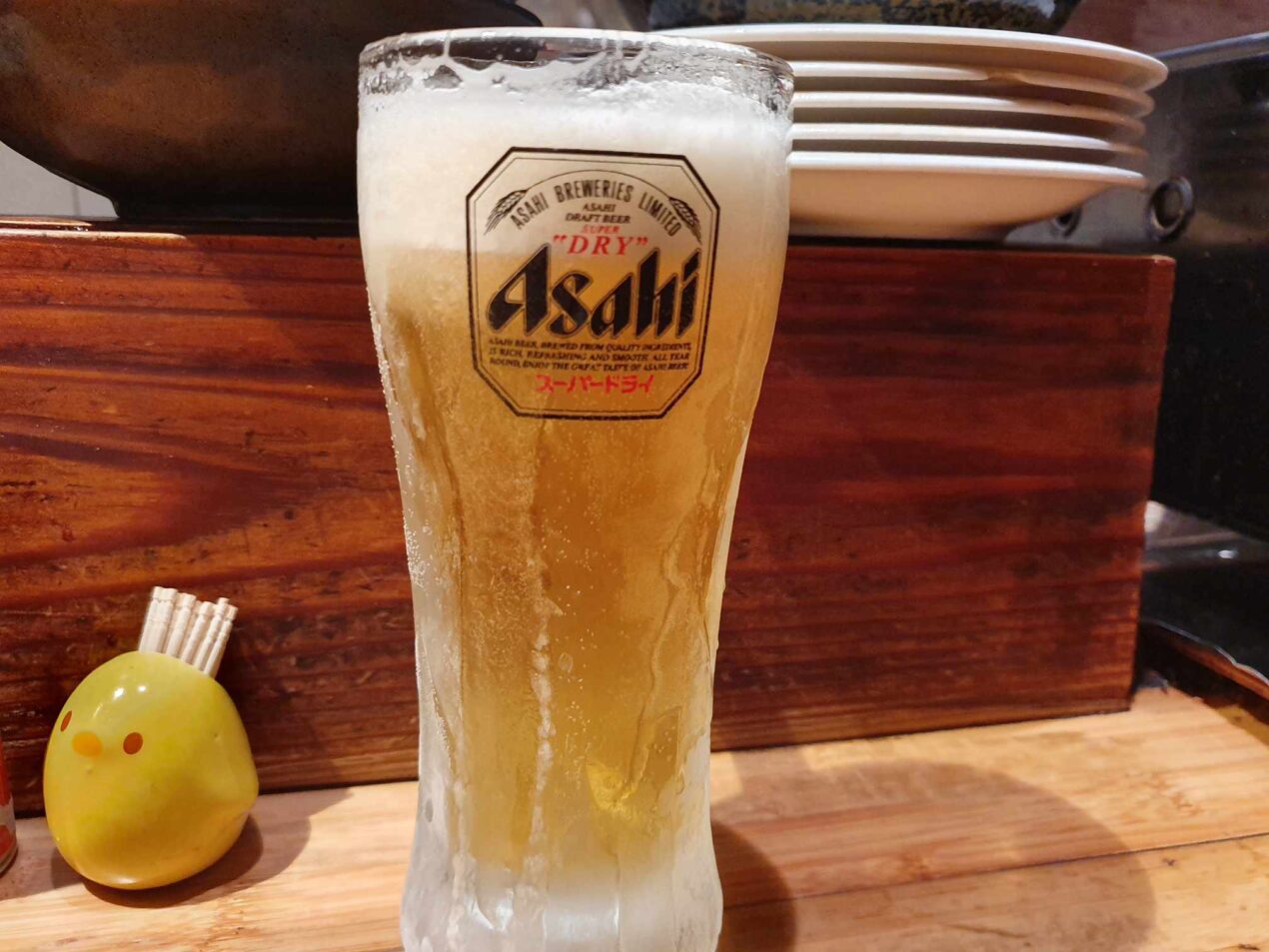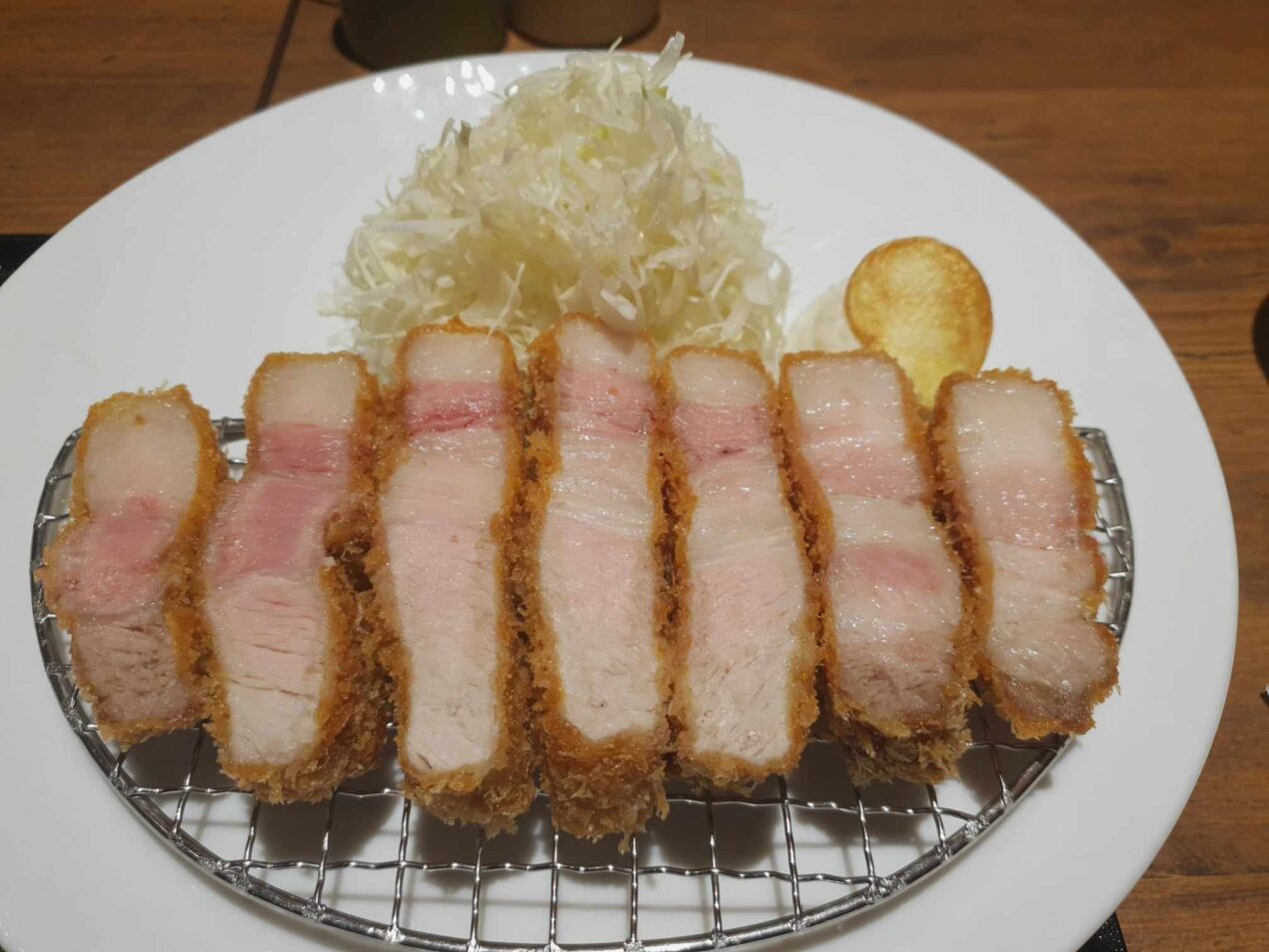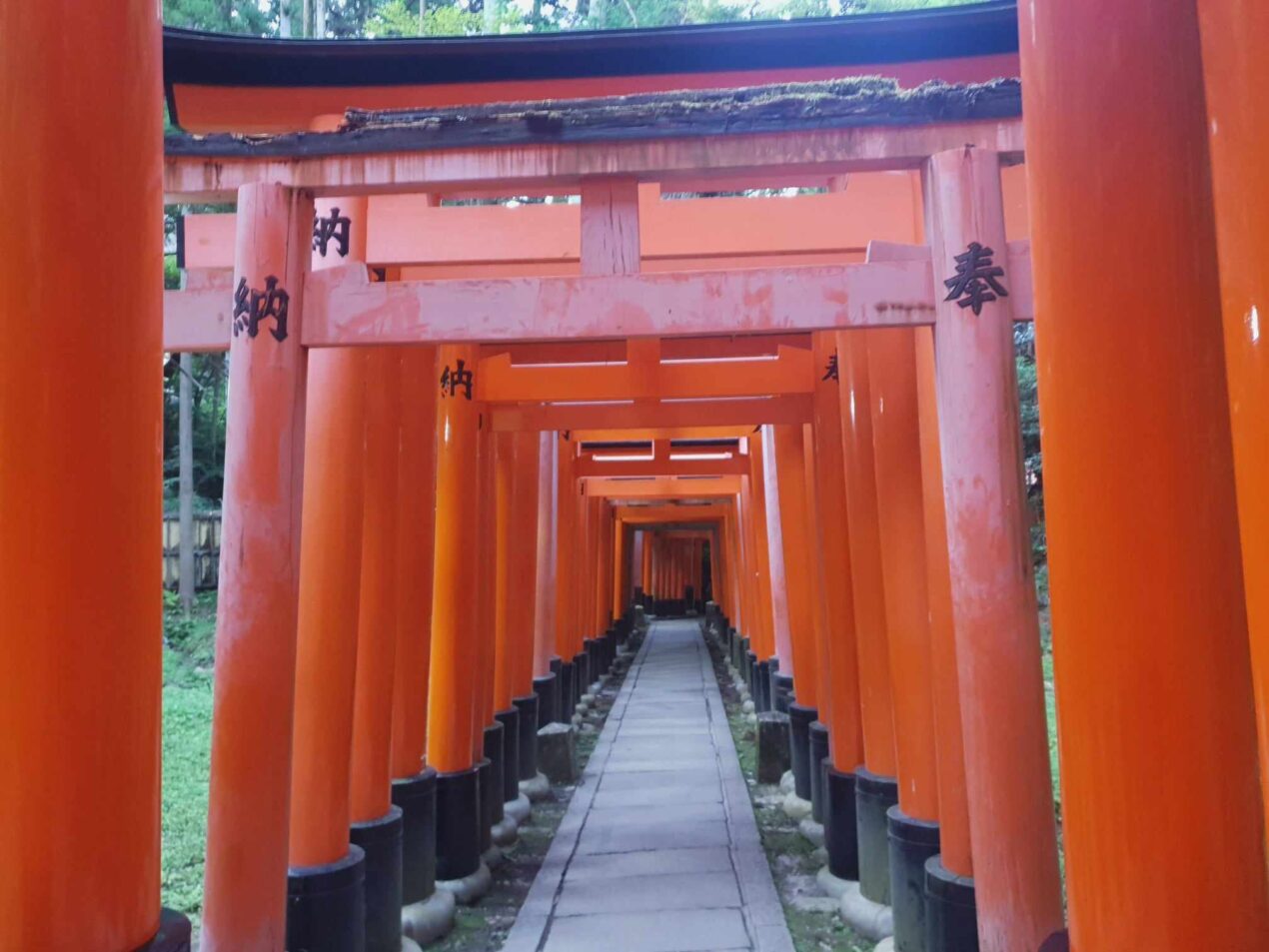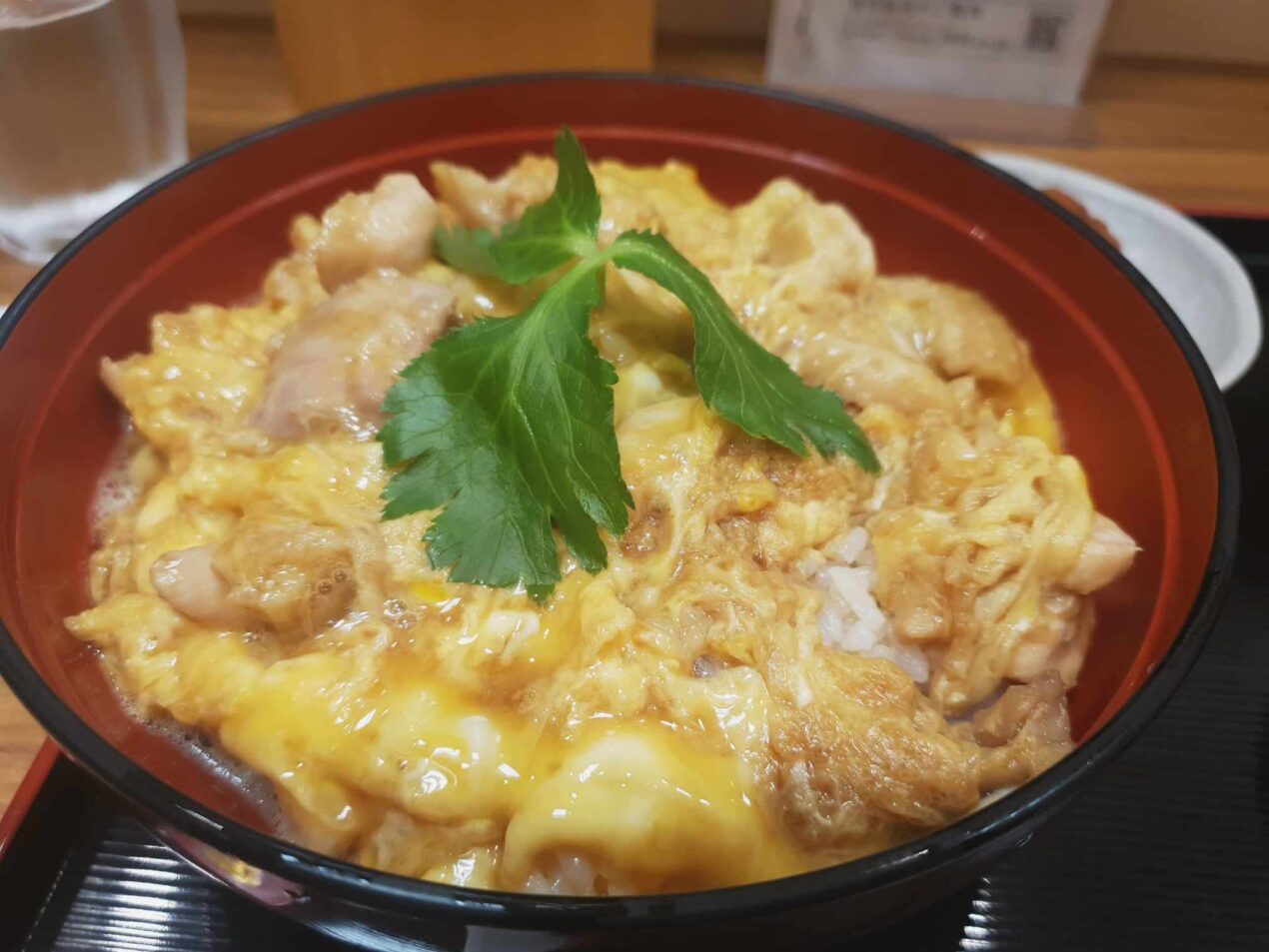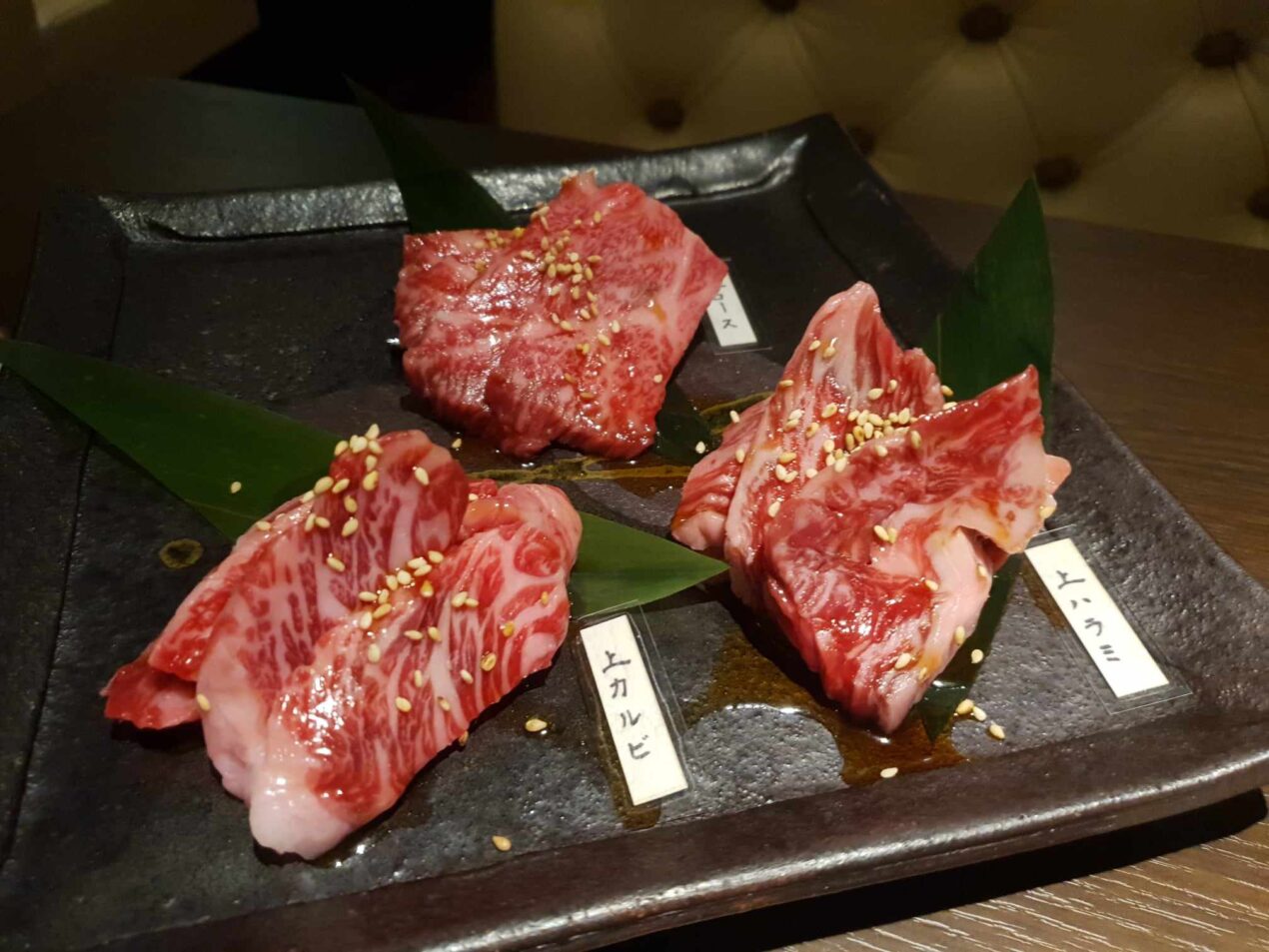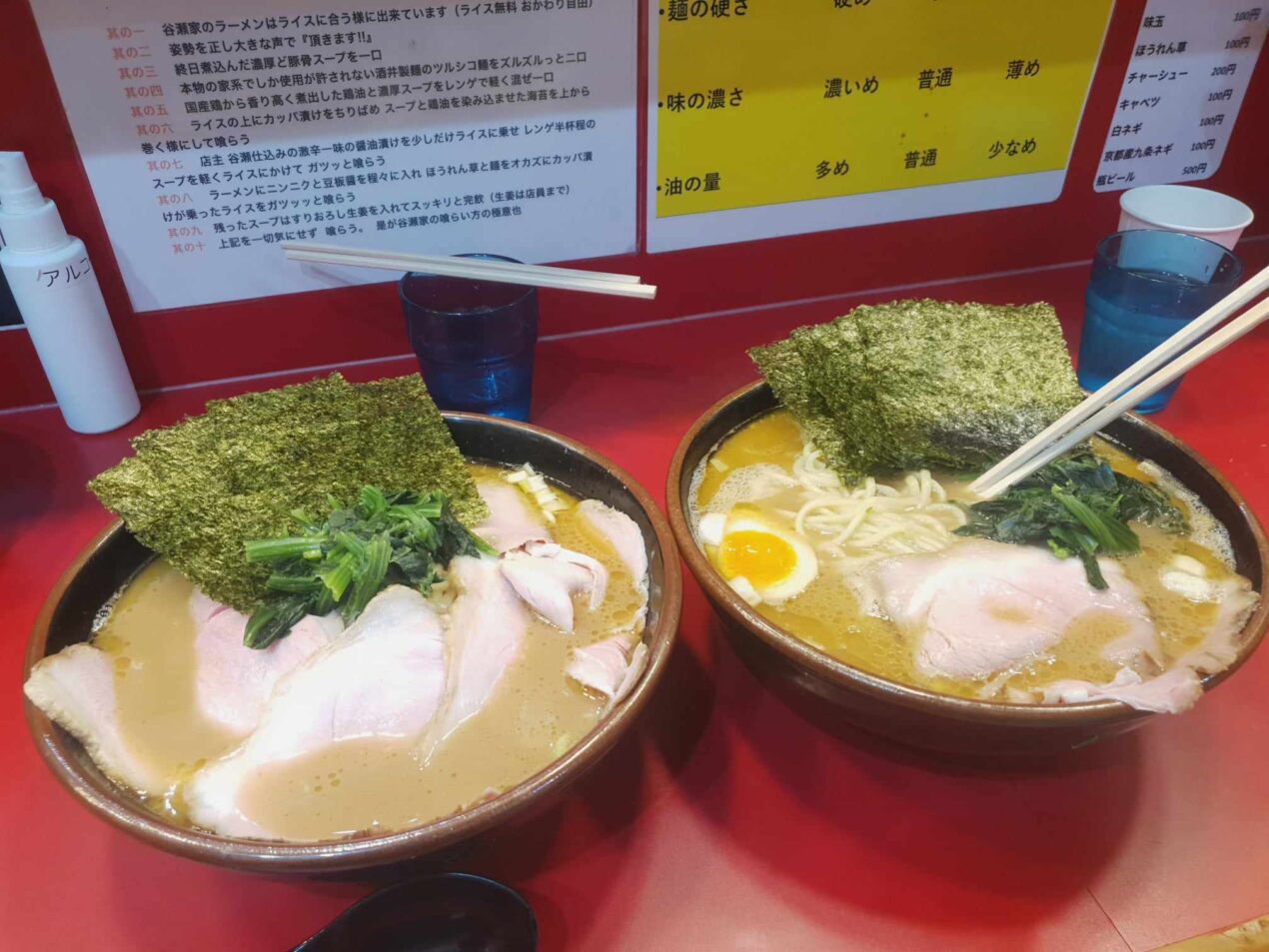Sometimes You Just Have to Crush a Narita Airport Ramen
If you’re reading this, I’m already in the U.S., home for the holidays to see family, drive the icy backroads that saw me intrepidly eat Jimmy Dean breakfast sandwiches while on the way to Catholic school homeroom, and catch up with old friends.
All of this is great. However, there’s one glaring gastronomic problem in my small New England state – an egregious lack of authentic and quality Japanese cuisine.
So, on my route back from Hong Kong, stopping in Tokyo Japan at Narita International Airport for a 4-hour layover, you know I had to get one final Asian cuisine fix before touching down in the land of peanut butter and jelly sandwiches, chicken tenders, and lite beer.
And, with my stomach bloated and gurgling from the previous night’s undigested gyros, I knew I had to go with old faithful – ramen.
Sometimes, you just have to crush a Narita Airport ramen – especially when that ramen is by Ginza Kagari.
Continue reading “Sometimes You Just Have to Crush a Narita Airport Ramen”…